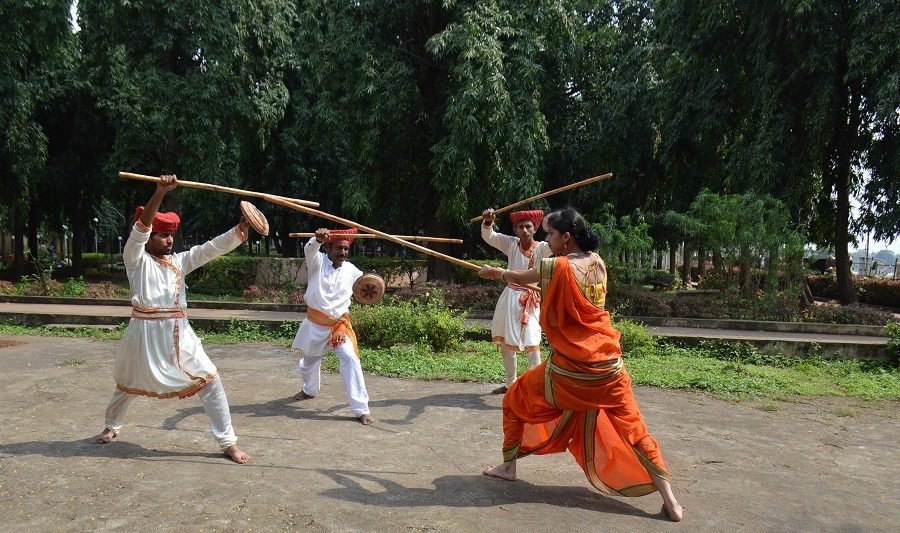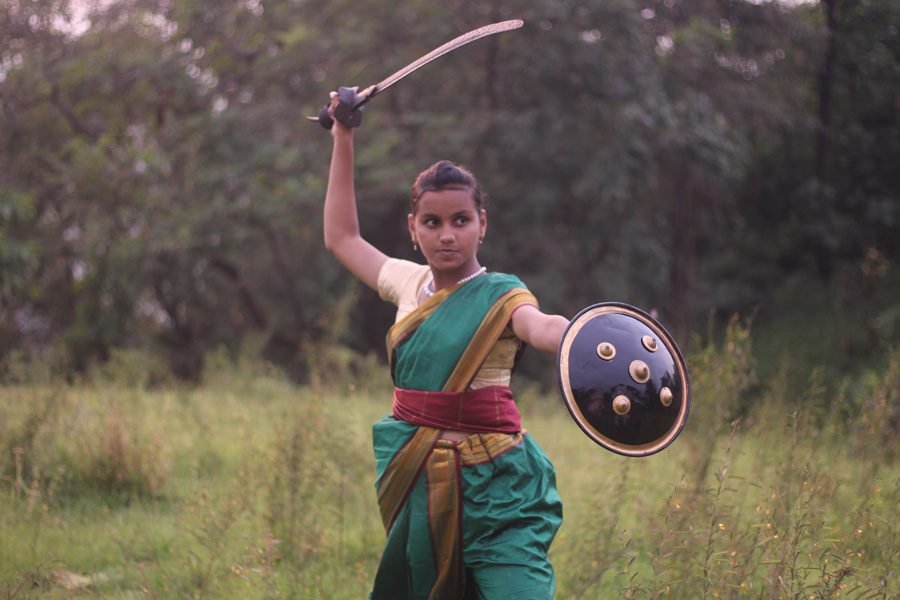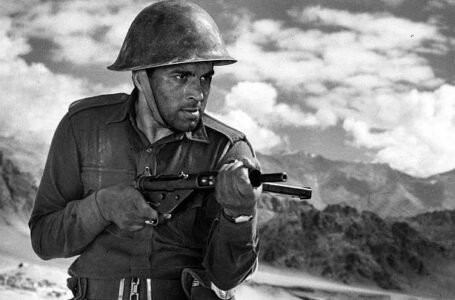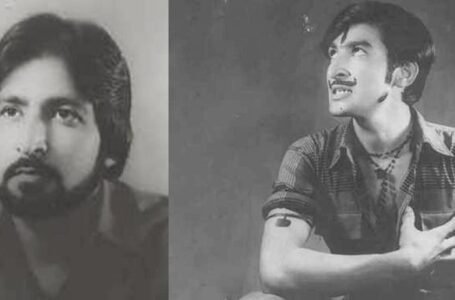MARDANI KHEL – Tracing back the Guerrilla Warfare

Mardani Khel has a long history if we trace it back. It began in the early 1600s with the rise in the popularity of guerrilla warfare also known as ganimi kava. It was during this time when Shivaji was also fighting against the Deccan kings and the Mughals. The Mughals were heavily armed and they had the maximum artillery and manpower, ready to attack the Indian rulers. To tackle such a huge army, Shivaji used the terrain to his advantage by using the technique of guerrilla warfare, of which mardani khel is a part. As Maharashtra lies in the Western Ghats and Mardani Khel is a Maharashtra martial art, it worked totally in their favour. The terrain helped them to force the Mughals to fight them in hand-to-hand combat in which the Marathas were adept.

Mardani khel is a martial art just like Gatka in which both, armed and unarmed techniques are used and both men and women are trained in it. There are a lot of weapons that are used by the practitioners like dand-patta, bhala, lathi, and maduvu. Dand-pattu is a sword that is double-edged and flexible. Its length extends up to three feet with a handle that extends either up to the wrist or the elbow. The bhala is a spear which is a stick with an arrow-like metal attached to the top. The bhala’s length is up to six feet and is used not only to fight but to be used as a climbing tool as well. A rope known as vita is attached to one end of the spear which is then used to fling around the spear. The same rope is used to retract the spear so that it can be used again for either of the purposes. The two other weapons used which also happen to be very similar are maduvu and bagh nakh. A maduvu is a weapon which is hand-held and has two deer horns at the edge which are used to attack. A bagh nakh is just how the name of the weapon is- like a tiger’s claw. It is worn on the fingers with the claws pointing out of the space in between the fingers. If one wants to relate to how it looks like, Wolverine would be the image in one’s mind. A dhop was like a Kirpan of the Sikhs. Just like a Kirpan, it was a four-foot-long sword made compulsory to be carried around by those in the army of Shivaji. The shield was known as Dhala, which was circular in shape. There were different types of knives used known as the Khukuri and the Bichuwa or the Bichawa. There were axes used as well known as the Danda or the Kurhad.
Mardani Khel has 14 different ways to wield a sword or attack with a stick or any other weapon. It also trains one to identify and attack the weakness of a human being. The formations and movements enable a fighter to tackle multiple opponents at one time. There is a technique wherein one goes back-to-back to their opponent thus being able to get a 360-degree view of the opponent and their movement.

The men who take part in Mardani Khel have to dress up in a mandchol, which is just a thigh-length tunic with breeches which are knee-length. They also wear a mundasa which is a headgear and shoes known as Mojris. On the other hand, the women wear a Nauvari saree, which is nine yards in length, in which they are comfortable and able to perform various techniques of the sport.

Just like any other sport, Mardani Khel lost its prominence when the British invaded India and introduced the Arms Act of 1878. Also, this martial art failed to adopt firearms which lessened its popularity. In order to sustain the martial art, the practitioners of the martial art, also known as vastads, converted it into a folk game which was performed in cultural festivals and sports programmes. This is followed to date.
In today’s day and age, martial art has risen to prominence once again, thanks to masters such as Priti Jadhav who teach Mardani Khel at the Sarvoday Mardani Khel Prashikshan Sansthan in Vengrul. She speaks about how girls are taking up this martial art form for self-defence. Mardani Khel has helped these girls to build confidence and learn how to protect themselves while physically and mentally staying fit. An effort is being made by Shelar, who is documenting the various techniques of this sport. He has been trained in the art by various Talims and has also been running the Shivgarjana Pratishthan in Mumbai since the year 2010. There are many families from across cities in India like Satara, Sawantwadi, Ratnagiri, Sangli, and many others which have been keeping this art alive by not only teaching it to their own families but to others as well.


